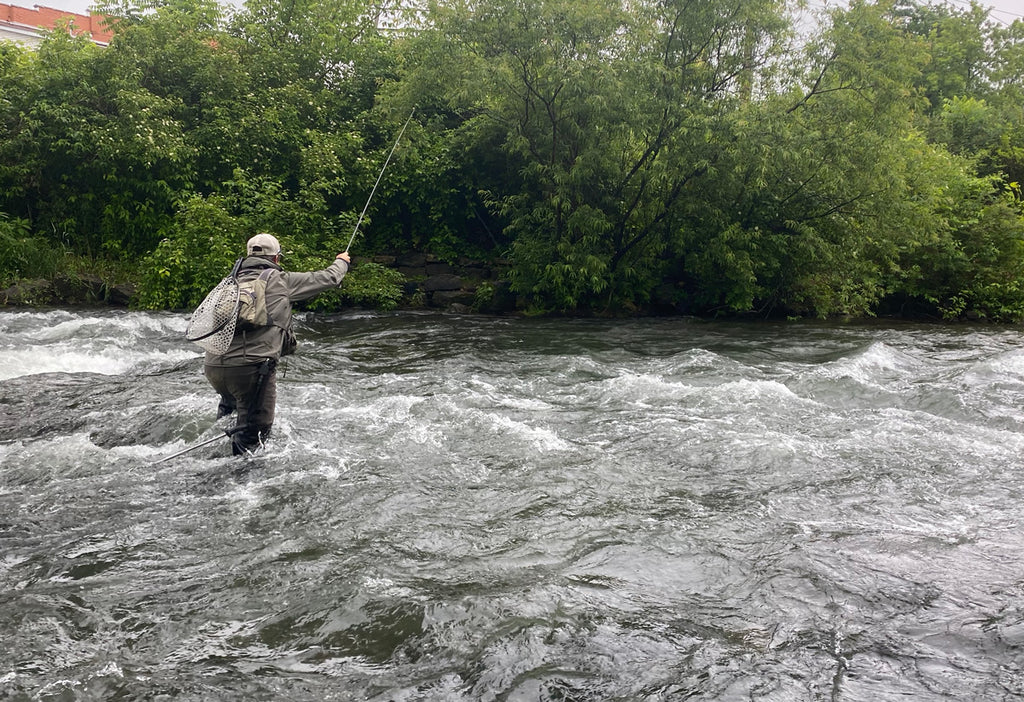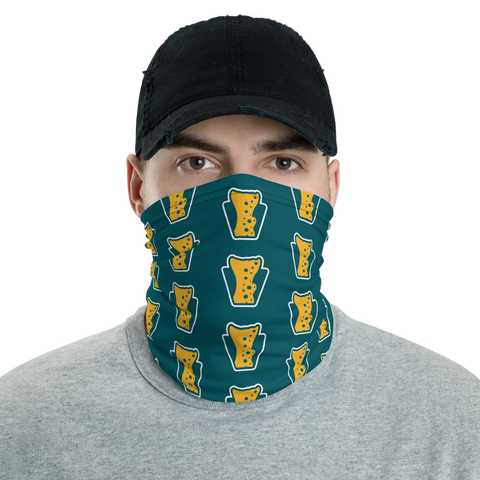
Euro-Nymphing: The Approach
Probably the most frequent question I receive is how I approach the water. This is often an overlooked part of a fishing skillset that can be crucial to your success as an angler.
New water can be daunting to any angler, but this article is about something I've learned over the years of fishing lots of different waters and has helped me digest a section of water to get over any new water blues.
To clarify, I am not really talking about being sneaky while you walk the bank. While that is extremely important, I will define "The Approach" as: Identifying a section of water to fish and formulating a plan to fish it effectively and efficiently.
The approach is really a case-by-case kinda thing, as you all know that not every water type, river, or condition is the same.
As a competitor, we are forced to adapt to different approaches every time we fish a competition, and that naturally changes our mindset to the importance of practicing the approach each time we fish. On a river, we're drawn a 200-300 yard stretch of river and given, on average, 2 hours to fish it. Seasoned competitors will take the time to "walk their beat" before the start of their session, which means taking a look up and down their section of water to better formulate the approach.
Now, you may not want to walk up and down the bank of the river to look at your water, and that's fine. By breaking a section down into smaller chunks, there's a pretty easy solution to breaking down your water before your approach.
I like to create a rudimentary grid system of the water I'll be approaching. To do so, take a chunk of water, ranging from 10 yards to 200 yards. An easy waypoint is "feature-to-feature" - for example, the end of a long run to the bottom of an island. This helps more easily digest the water to better formulate a plan of attack.

In this example, we have a few different water types which are gridded out with an order of importance, 1 being most important. This order, or hierarchy, translates directly to how much time I'd like to spend in each section. Now, obviously this could change if you find that fish are feeding in a different water type than you assumed, but pre-determining your best water will almost certainly lead to success.
Creating this grid in your head can obviously be kind of strange if you can't digest all the water types depending on the view you have of the water, and that's okay. If something looks questionable, focus on the more obvious water but make sure you give yourself enough time to fish it.
Dialing in this technique requires a lot of trial and error, dependent on conditions. With experience fishing certain water types in certain times of the year help this, but just being on the water and trying something to learn from your successes or failures will help you formulate a better system.
In each section, you can picture a smaller grid of where you want to spend your time in that given area.

Okay, you have your grid in place, now how do you approach each section? A phrase I tell my clients while fishing is to "clear a path" - which means, choose where you'd like to start and where you'd like to end, and fish your way there, clearing a path so you don't miss any opportunities.

The example above is assuming I can reach all the important spots of each section. The little target icon indicates that when I reach this destination, I'll be fishing all around me - "fanning out" before I move again. The path isn't just a wading path, but a fishing path. Zig-zagging is a really nice technique to use when trying to maximize your catch-rate, but can easily change if fish aren't where you expect them to be.
The important conveyance is maximizing your time and catch-rate in a given stretch of water.
To conclude, this method isn't a perfect or end-all-be-all solution, but something that really helps me digest new water or new conditions. I'd suggest first trying it on water you're familiar with to better understand, or make it easier to formulate later on down the road.
I hope this article can help you catch more fish!
Thanks for reading,
Nick


